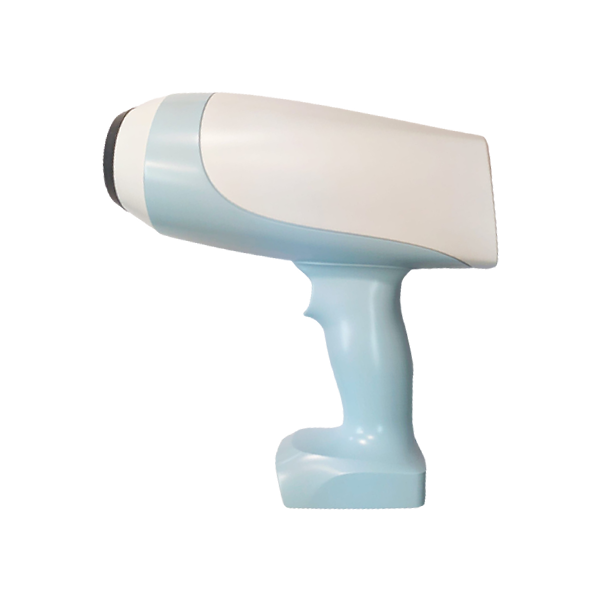
Melanoma detection - made simple
Make Bdetect your new assistant for Melanoma detection. A handheld, point-and-click device for general practitioners to quickly assess skin lesions for melanoma risk.
- Rapid Recording - Evaluation process provides a result to support your clinical decision at the point of care
- Easy To Use Wireless - Ergonomic design makes the device intuitive to learn and easy to use
- Multispectral Technology - LEDs are emitting light to the lesion, receiving and analyzing data from below the skin at cellular and subcellular levels
- Interface provides instant results, should the patient seek further help, using Bdetect AI algorithm
Using five types of light: infrared, red, green, blue (> 404nm) and white, the device performs multispectral skin analysis. All information obtained is sent in encrypted form using wireless technology to the cloud system.
- The camera's field of view is 25 mm and the analysis of one skin formation takes 10 seconds
- All operations are automatic, data is easy to read
- The device does not require specialised knowledge
- The diagnosis of the skin formations is viewable trough the cloud system
- The device is linked to a specific doctor's account, ensuring confidentiality
- The device works wirelessly and is able to provide up to 2 hours of continuous operation with one battery charge
- The device has been clinically tested using more than 3000 different skin formations
- Device sensitivity > 90%, specificity > 80%
Features
- The technology uses multispectral light sources compared to a single band one, and scans up to 4mm deep, thus providing more information to the specialist.
- Automatic skin illumination, images acquisition, preprocessing and secure wireless transfer to the cloud diagnostic system, according to the prototype assigned user.
- Skin illumination includes control of five groups of LEDs in narrow spectral bands. Where illumination of each group is controlled linearly without pulse-width modulation (PWM) negative effects. Illumination stability is controlled by two steps: temperature of LEDs and current.
- Wireless transfer is achieved by using a 4G modem and TLS secure data transfer to the cloud system with a unique security key, that disallows sending false data from another account.
- The hand-held device is compact and has no wires, due to wireless data transfer and built-in energy source.
- Analysis range spreads beyond visible light, starting from UV up to IR, Using five types of light: infrared, red, green, blue (> 404nm) and white.
- The system has sensitivity > 90 %, the ability of a test to correctly identify patients with a disease
- The system has specificity > 80 %, the ability of a test to correctly identify people without the disease.
- The device uses an algorithm powered by AI, which is self-improving.
- The system is developed in the EU, which makes registration processes easier.
- I can learn to detect other types of skin cancers, such as basal cell carcinoma and squamous cell carcinoma (multifunctional).
- The system does not require any software updates, all the updates are made in the cloud, so the downtime is reduced to a minimum.
- The system can withstand large amounts of diagnostic requests, because of scalable cloud architecture and a load balancing server.
- The system uses four user types for interacting with the system functions and data. Including regular users – doctors, external and internal scientists and system administrators.
- Interface for servers’ control and monitoring of their load.
- The ability for downloading backups of all data produced by portable devices.
Newsletter